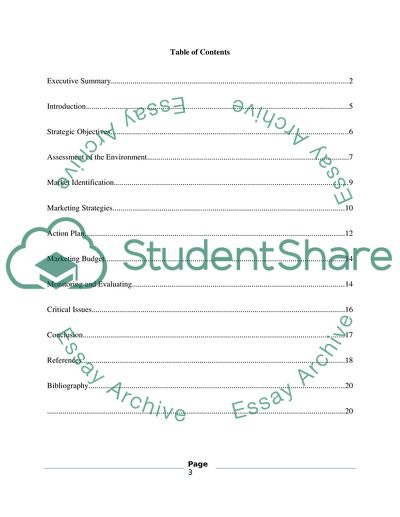Cite this document
(“Travel and Tourism in Sri Lanka Essay Example | Topics and Well Written Essays - 2500 words”, n.d.)
Retrieved from https://studentshare.org/tourism/1599320-travel-and-tourism-in-sri-lanka
Retrieved from https://studentshare.org/tourism/1599320-travel-and-tourism-in-sri-lanka
(Travel and Tourism in Sri Lanka Essay Example | Topics and Well Written Essays - 2500 Words)
https://studentshare.org/tourism/1599320-travel-and-tourism-in-sri-lanka.
https://studentshare.org/tourism/1599320-travel-and-tourism-in-sri-lanka.
“Travel and Tourism in Sri Lanka Essay Example | Topics and Well Written Essays - 2500 Words”, n.d. https://studentshare.org/tourism/1599320-travel-and-tourism-in-sri-lanka.


